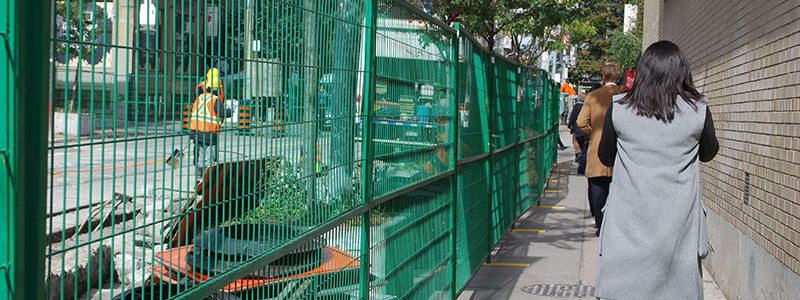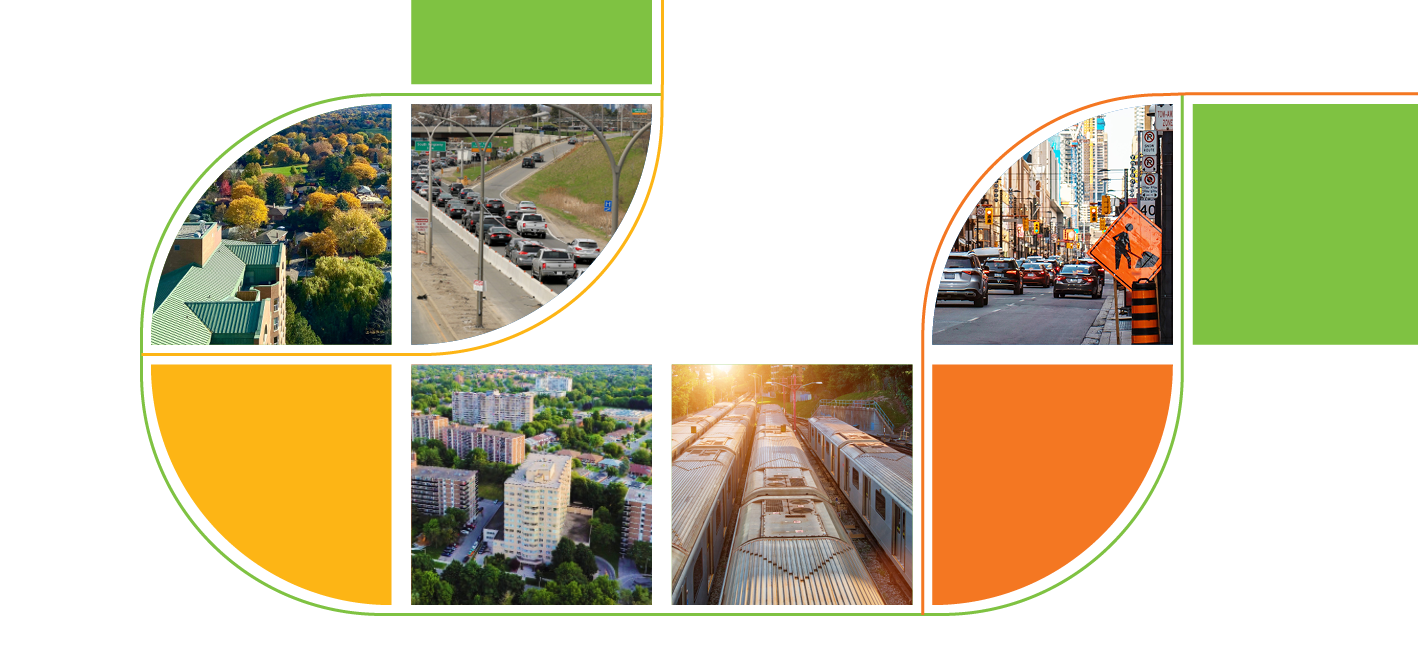2025 Market Outlook
Watch these short videos and hear where the GTA housing market is headed in 2025 from TRREB’s Chief Market Analyst Jason Mercer.
2024 Year in Review
Get a glimpse of total home sales, new listings, and average prices for 2024.
Market Outlook and Consumer Intentions
Discover five things you need to know about what’s next for the housing market in 2025. Plus, find out new insights from TRREB’s latest buying and selling intentions survey conducted by Ipsos.

76K
projected number of home sales.
$1.147M
average price for homes in the GTA.
27%
of the survey respondents said they are likely to buy a home in 2025.
9%
of the respondents said they are very likely to purchase a home this year.
2/3
of renters said they would not tolerate further rent increases before considering purchasing a home.
Solutions from TRREB Leaders and Policymakers
Click on each headshot to read solutions for housing affordability and supply issues.
Getting Our Region Moving
We are witnessing a severe congestion crisis in the Toronto region, which impacts both productivity and the economy. Ipsos conducted polling for the Toronto Region Board of Trade about the congestion problem facing the city since COVID-19.





Fair Taxes on Ontario Homes

Homeowners, buyers and sellers are increasingly facing financial pressure due to rising property taxes, development charges, and land transfer taxes. These financial burdens are contributing to the province’s housing affordability and supply crisis. For consumers, high taxes on housing make homeownership more difficult for both new buyers and existing owners.
TRREB’s report presents five policy recommendations aimed at addressing issues within Ontario’s tax, development charge and municipal funding frameworks. These recommendations are designed to support a strong taxation system and ensure fairness, affordability, and transparency for property owners, homebuyers, and municipalities.
Breaking the Backlog
With more than 53,000 unresolved cases as of February 2024, Ontario’s Landlord and Tenant Board (LTB) is facing a crisis situation. Despite the efforts of the province to improve the board’s services, such as appointing additional adjudicators and increasing funding, it’s clear that reforms are needed to solve the ongoing problems.
The Ontario Ombudsman’s 2023 audit indicated the scope of LTB’s dysfunction, resulting in delays, barriers to access, and discrimination within Ontario’s housing system. TRREB’s report examines critical issues within the board and makes solid recommendations to fix these issues.






























